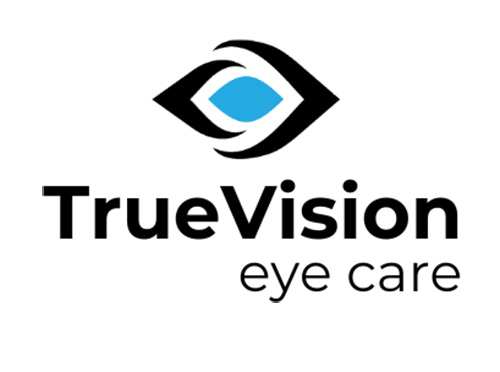We have some exciting news to share with you about a groundbreaking development in the field of eye care. The FDA has recently approved the first-ever in-office treatment for improving vision in individuals with early and intermediate dry macular degeneration. This breakthrough comes with the introduction of the Valeda device, which utilizes photobiomodulation technology to target retinal cells and enhance visual acuity.
What is the Valeda device, and how does it work?
The Valeda device is a remarkable innovation in treating dry macular degeneration. It uses photobiomodulation, where specific wavelengths of light are used to gently stimulate the mitochondria in your retinal cells. This process increases ATP production, enhances cell metabolism, and reduces damage from free radicals, leading to healthier retinas and better vision.
ATP, or adenosine triphosphate, is often referred to as the “energy currency” of cells. It provides the energy needed for various cellular processes. By increasing ATP production, the Valeda device gives retinal cells the energy boost they need to function more effectively, improving overall eye health and vision.
The LIGHTSITE study: A closer look at the findings
The FDA’s approval of the Valeda device is based on the promising results of the phase III LIGHTSITE study. Conducted across 11 study centers in the United States, this clinical trial evaluated the efficacy of the Valeda device over 24 months. Participants underwent nine sessions of in-office light treatment and were compared against a control group receiving a sham treatment.
The findings were remarkable:
- At 13 months, patients in the Valeda treatment group demonstrated a statistically significant improvement in visual acuity, gaining an average of +5.4 letters from baseline, compared to just +3 letters in the sham group.
- Impressively, over half (55.5%) of the patients in the treatment group experienced a vision gain of more than five letters.
- Notably, 26.4% of these patients gained 10 or more letters, and 5.5% achieved a 15 or more letter improvement in best-corrected vision.
These improvements were not only significant but also sustainable. At the 24-month mark, the treatment group maintained an average improvement of +5.9 letters from baseline. Moreover, the Valeda device treatment significantly reduced the progression to geographic atrophy, a severe form of macular degeneration. Only 6.8% of the treatment group developed geographic atrophy compared to 24% in the sham group.
Looking forward to offering the Valeda device
We look forward to offering this innovative macular degeneration treatment in Raleigh and Morrisville as soon as the device is available. At TrueVision Eye Care, we’re committed to bringing the latest advancements in eye care to our community, ensuring you receive the best possible care for your vision.
Stay tuned for more updates on when this treatment will be available at our offices!
